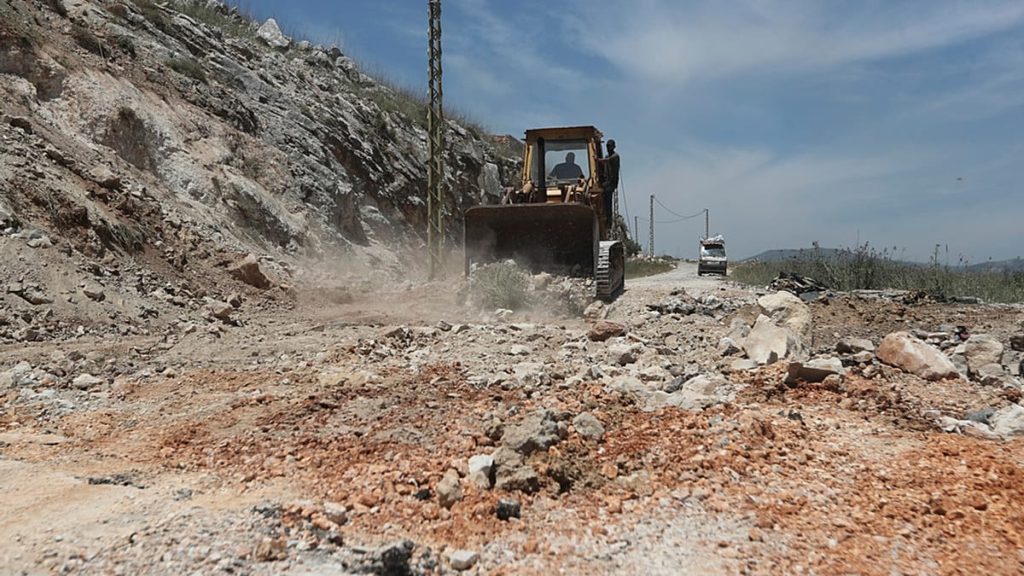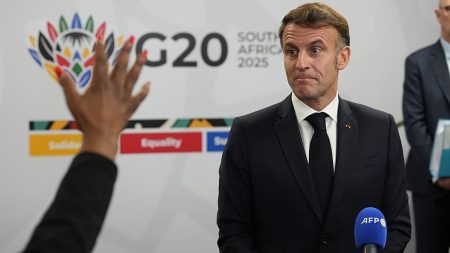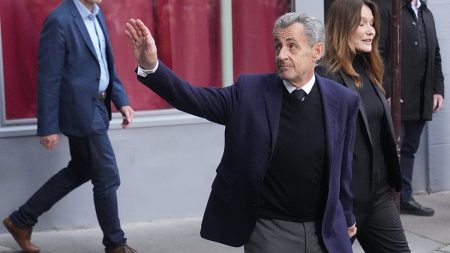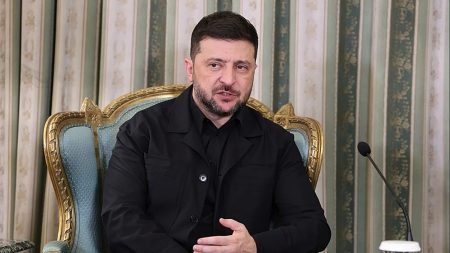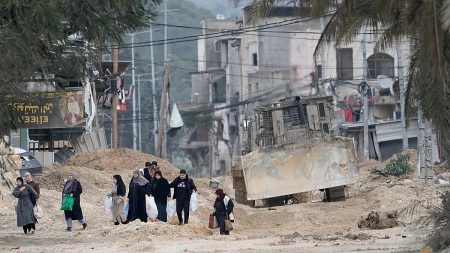The escalation of tension between Israel and Lebanon, coupled with ongoing conflict in Gaza, dominated headlines today. Israel significantly increased its military operations along both the Lebanese and Gaza fronts, triggering a series of strikes and raising concerns about a wider regional conflict. This article will detail the developments, covering the strikes in Lebanon and Gaza, official statements, and the Lebanese army’s response, focusing on the current escalation and its implications.
تصعيد إسرائيلي على الجبهتين اللبنانية والغزية (Israeli Escalation on the Lebanese and Gaza Fronts)
Today witnessed a marked intensification of Israeli military actions. The day began with limited strikes in Southern Lebanon that progressively expanded into a widespread series of air raids targeting various regions in the South and the Bekaa Valley. Simultaneously, reports surfaced of a targeted strike in the Gaza Strip, allegedly aiming a key figure within Hamas’ military wing. This dual offensive signals a significant shift in Israel’s approach, raising fears of an extended confrontation.
غارات على جنوب لبنان والبقاع وخسائر بشرية (Raids on South Lebanon and the Bekaa, and Human Losses)
The initial hours of the day saw an Israeli airstrike targeting a vehicle in the Zoutar al-Sharqiya area of Southern Lebanon, resulting in one fatality. The Lebanese Ministry of Health subsequently reported five citizens sustained injuries in the town of Shakra, within the Bint Jbeil district, after an Israeli drone dropped a sound bomb. This immediately heightened anxieties within the local population.
The afternoon saw a considerable broadening of the Israeli strikes. Targets included forested areas near Rachaya al-Fakhar, the Al-Mahmoudiyeh area, the region between Al-Mahmoudiyeh and Jrmaq, the elevated grounds of Sajjad and Jabbour, and the outskirts of Kfarhamam. Crucially, the attacks extended into the Bekaa Valley, hitting areas surrounding Shamshtar and Taria. The intensity and geographic scope of these strikes represent a serious escalation in the conflict.
ردود الفعل الإسرائيلية: منصات صواريخ وحزب الله (Israeli Responses: Rocket Launchers and Hezbollah)
The Israeli army claimed responsibility for the strikes, asserting that they targeted rocket launchpads and military sites belonging to Hezbollah in Southern Lebanon and the Bekaa Valley. They stated these launchpads were positioned within military installations, and that activity observed in two locations in the Bekaa concerned weapon storage facilities and military buildings. Israel characterized these sites as violating existing understandings, implying a justification for the preemptive action. This is a repeated theme in Israeli messaging regarding the current situation.
موقف الجيش اللبناني والتأكيد على اتفاق وقف الأعمال العدائية (Lebanese Army’s Position and Reaffirmation of Ceasefire Agreement)
In response to the unfolding events, the Lebanese Army Commander, General Rudolph Hakeel, convened an extraordinary meeting at the Yarzeh headquarters, encompassing the army’s General Staff, operational unit commanders, and a selection of officers.
General Hakeel emphasized the army’s cohesion, attributing it to the unwavering conviction of its personnel in their mission and the sanctity of their duty. He underscored the paramount importance of internal unity in confronting the ramifications of regional developments on Lebanon, emphasizing the vulnerabilities facing the nation. He extended congratulations to the officers on Independence Day, expressing his hope that the celebration of independence would be completed with the liberation of occupied Lebanese territories.
Furthermore, he confirmed that the army’s deployment plan in Southern Litani is proceeding according to schedule. He lauded the progress made, acknowledging the human cost incurred, and commended the steadfast support of the Southern population for the army. Importantly, the army reiterated its commitment to the ceasefire agreement and Resolution 1701, in cooperation with UNIFIL forces. He affirmed the professionalism of the military, and the desire to deepen collaboration with friendly countries to serve Lebanon’s best interests, while remaining committed to defending Lebanese sovereignty.
تطورات في قطاع غزة: اشتباك وهجمات مضادة (Developments in the Gaza Strip: Clashes and Counterattacks)
Beyond Lebanon, the Israeli military reported an incident involving an armed individual within Gaza. According to the statement, the individual breached the “yellow line”, a designated route for humanitarian aid to reach Southern Gaza, and opened fire towards Israeli forces. The military claimed to have “immediately dealt” with the individual.
Israel castigated this event as a breach of the ceasefire agreement, announcing retaliatory strikes against Hamas locations in response. These actions underscore the fragility of the current truce and the potential for its rapid collapse.
استهداف علاء الحديدي: مسؤول التسليح في كتائب القسام (Targeting Alaa al-Hadeedi: Head of Armaments in the Qassam Brigades)
Adding another layer to the developments in Gaza, Israeli sources, including “Channel 12” and the Israeli Army Radio, reported an operation carried out within Gaza City. The target of the operation was identified as Alaa al-Hadeedi, allegedly the head of the armaments division in the Qassam Brigades, Hamas’s military wing. This targeted killing, if confirmed, represents a significant blow to Hamas’s military capabilities.
The Israeli Broadcasting Corporation mentioned that the strike was coordinated with the US military’s Civil-Military Coordination Center in Kiryat Gat, highlighting the depth of US-Israeli collaboration.
Conversely, Gaza’s Civil Defense reported on Saturday that Israeli strikes hit North and Central Gaza, resulting in seven Palestinian deaths and a number of injuries. These conflicting accounts highlight the difficulties in independently verifying information from the conflict zone.
الخلاصة: مستقبل غامض وتصعيد مقلق (Conclusion: An Uncertain Future and Concerning Escalation)
The recent surge in military operations by Israel, spanning both Lebanon and the Gaza Strip, represents a dangerous escalation in regional tensions. While Israel justifies these actions as responses to perceived threats and violations of agreements, they simultaneously fuel further instability and risk sparking a broader conflict. The Lebanese army’s commitment to maintaining the ceasefire, in cooperation with UNIFIL, provides a fragile hope for de-escalation. However, the targeted killings in Gaza, coupled with the ongoing clashes, suggest a volatile and uncertain future. Continued monitoring of the situation, alongside diplomatic efforts, will be crucial in preventing a disastrous widening of the conflict. Further updates are expected and will be reported as they unfold.







